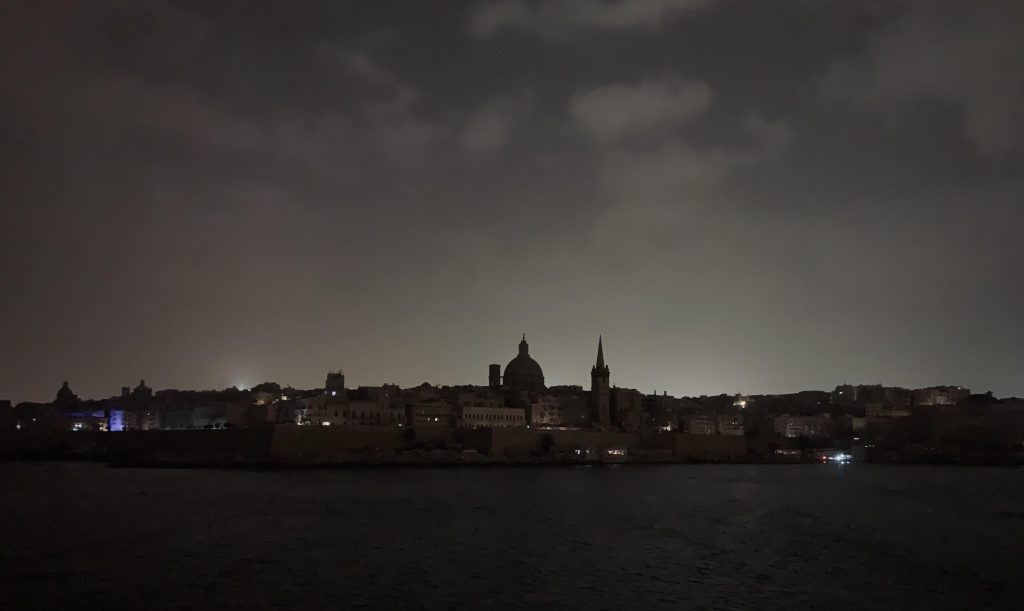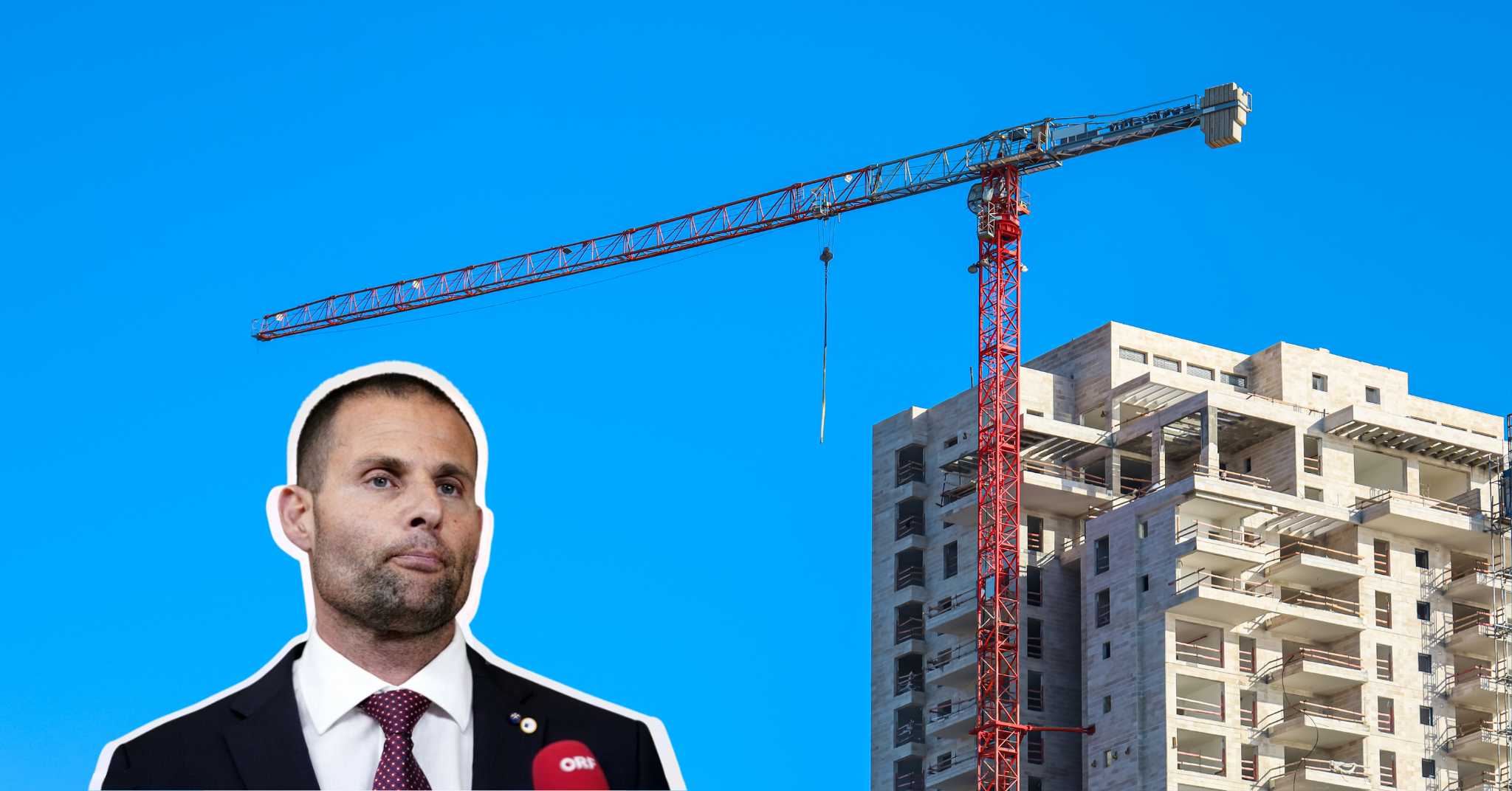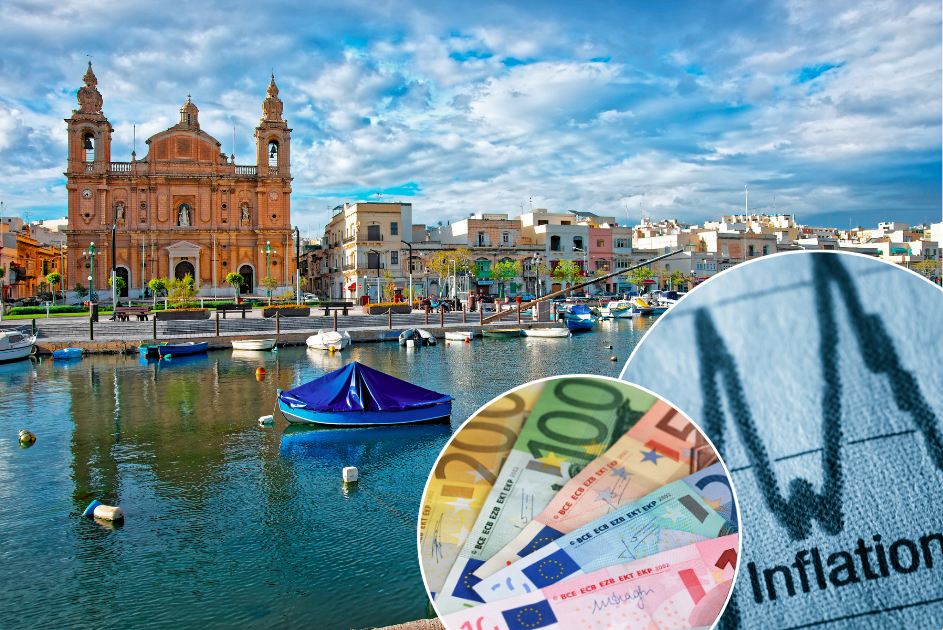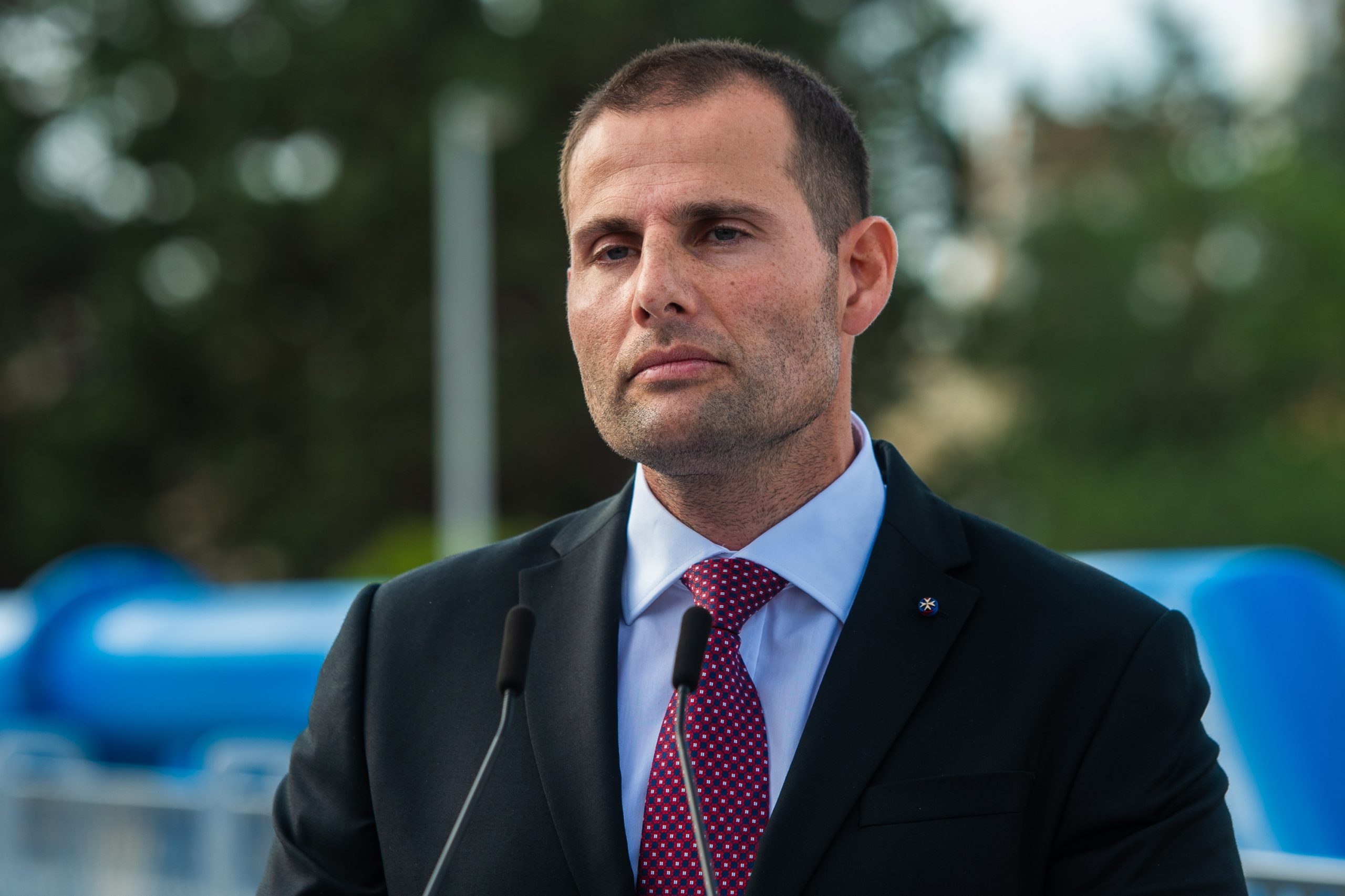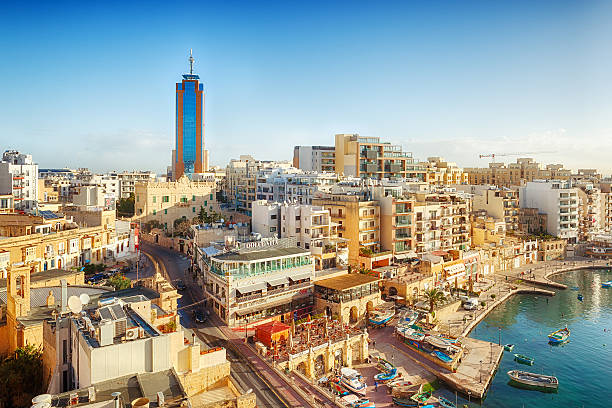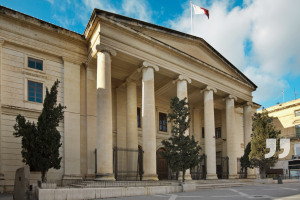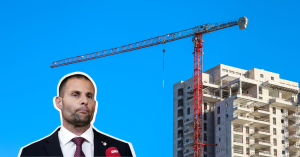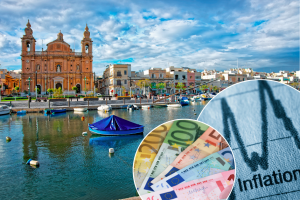As the hot summer months descend upon Malta, so do the frequent power cuts that have become a recurring nightmare for its residents. This Mediterranean Island nation has a long history of grappling with energy distribution and infrastructure challenges, and the current power cut crisis reflects years of neglect from both the Maltese government and non-governmental organizations (NGOs). To understand the root causes behind today’s frequent power cuts, we must delve into the historical context of energy infrastructure development in Malta and shed light on the failures that have exacerbated the situation.
Early Energy Infrastructure in Malta
In the early 20th century, Malta’s energy distribution system was rudimentary and primarily focused on meeting the needs of local industries. The construction of power stations and electricity grids was slow, and they struggled to keep up with the burgeoning demand for electricity as the island’s population grew. During this period, energy infrastructure development was given minimal priority by the colonial administration, as Malta was under British rule.

Post-Independence Challenges
Following Malta’s independence in 1964, the new government faced numerous challenges, and energy infrastructure was often overshadowed by other pressing issues. Economic struggles and limited financial resources hampered investment in modernizing the energy sector. Consequently, outdated power stations and transmission networks persisted, unable to cope with the increasing demands of a rapidly developing nation.

The Oil Crisis of the 1970s
The oil crisis of the 1970s exposed Malta’s heavy dependence on imported fossil fuels for energy generation. The sharp increase in oil prices had a crippling effect on the country’s economy, prompting the need for alternative and sustainable energy sources. Unfortunately, little was done to transition to renewable energy, and Malta continued to rely heavily on costly and volatile oil imports.
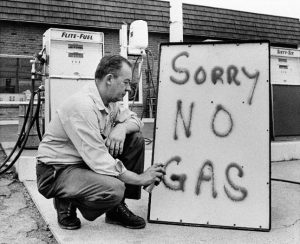
Missed Opportunities in the 1990s
The 1990s brought new hopes for energy infrastructure development, with the European Union’s accession process opening doors to funding opportunities for the Maltese government. However, despite the availability of grants and technical assistance, the government failed to take full advantage of these opportunities to modernize the energy sector. This period saw a lack of cohesive planning, with short-term fixes being favored over long-term sustainable solutions.
Privatization and Regulatory Challenges
In the late 1990s and early 2000s, the Maltese government decided to privatize the energy sector, hoping it would lead to improved efficiency and infrastructure development. However, the process was plagued by regulatory challenges and bureaucratic hurdles, resulting in a lack of accountability and transparency within the privatized entities. The focus shifted towards profit-making rather than investing in the necessary upgrades and expansion of the energy infrastructure.
NGO’s Concerns and Government Inaction
Over the years, various Maltese NGOs raised concerns about the state of the energy infrastructure and the potential risks of power shortages during peak demand periods, particularly in the scorching summer months. However, their warnings often fell on deaf ears as the government neglected to take decisive action. The lack of collaboration between the government and NGOs further hindered progress in addressing the energy infrastructure’s vulnerabilities.

Failure to Embrace Renewable Energy
While the rest of the world started embracing renewable energy sources, Malta continued to lag behind. The country’s dependence on fossil fuels remained a significant barrier to progress. The potential for harnessing solar and wind energy, abundant in the region, was not fully tapped, and incentives for investing in renewable energy projects were lacking.
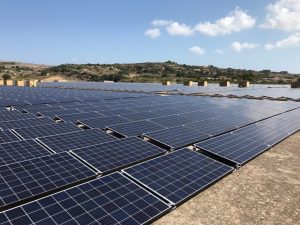
The Power Cuts Crisis Unfolds
As the population grew, the tourism industry boomed, and air conditioning became commonplace, the demand for electricity soared during the summer. The outdated energy infrastructure struggled to cope, leading to an increased frequency of power cuts. The government’s failure to invest in modernizing the energy sector, coupled with the lack of a robust regulatory framework, has left Malta vulnerable to power supply disruptions.
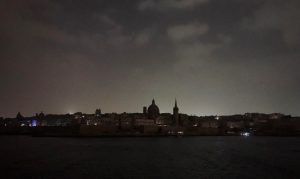
Conclusion
The frequent power cuts plaguing Malta during the hot summer months are not merely a coincidence but a culmination of decades of neglect and mismanagement of the energy infrastructure. Both the Maltese government and non-governmental organizations share the blame for not taking timely and decisive action to ensure the country’s energy infrastructures were ready to meet the growing demands of a modern society. To avoid similar crises in the future, it is imperative that the government and NGOs come together, prioritize investment in renewable energy, and develop a comprehensive long-term energy strategy for the nation. Only through concerted efforts and visionary planning can Malta secure a stable and sustainable energy future.


